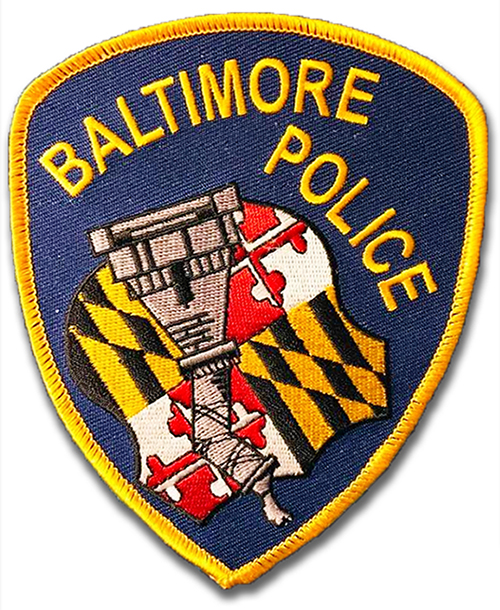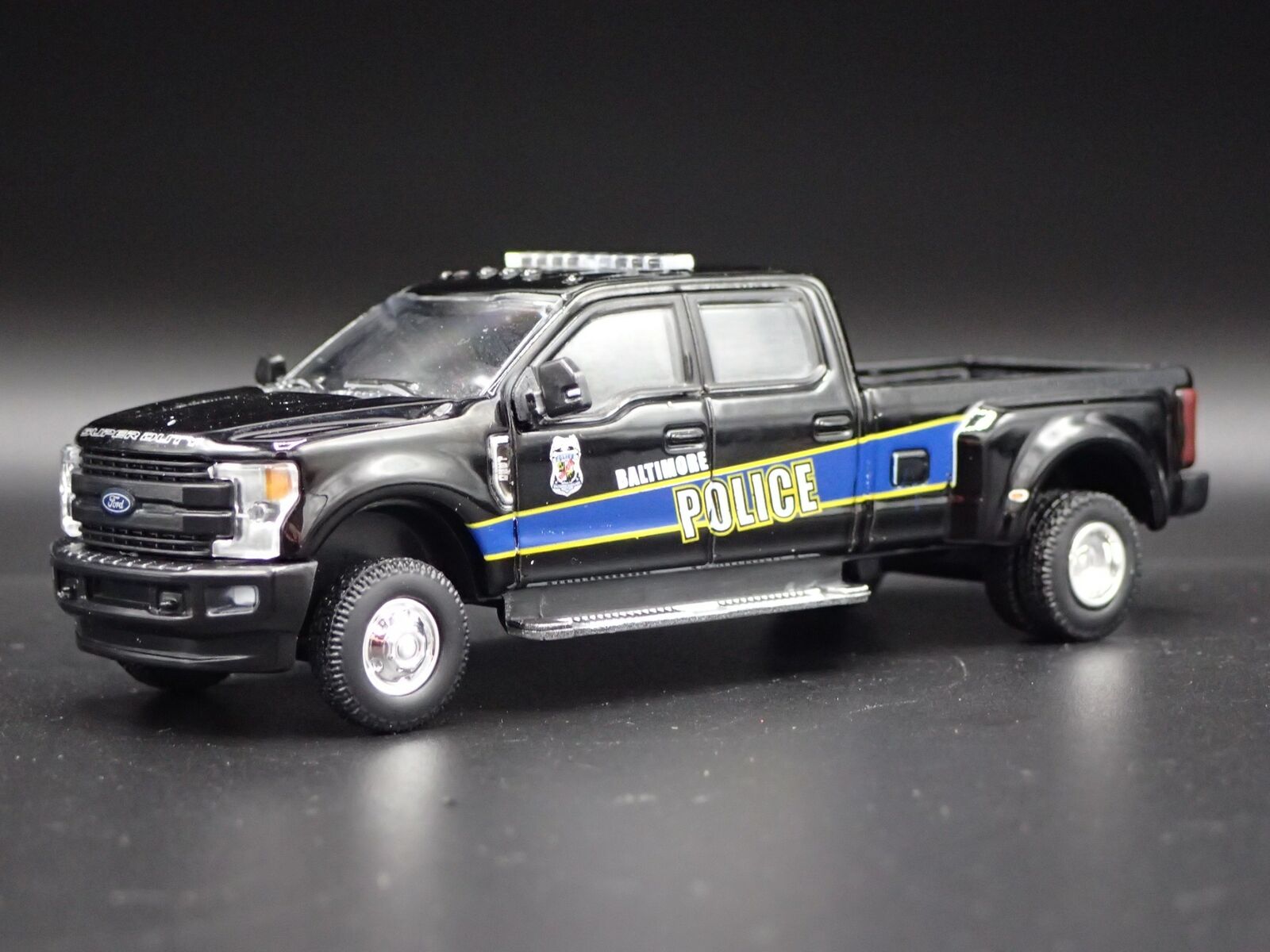Patrolman John H. Hand
The Last of the City's Watchman

This is a 1925 newspaper article about Patrolman John H. Hand
The article describes this rattle, which was provided to us by his family
Click HERE to see full size article

Click HERE or Article Above

Click HERE or Article Above

This is the Police Rattle described in the above article
It was carried and used by Patrolman John H. Hand

Rattle Click HERE or on the Pic Above

John H. Hand, Last Survivor Of City's 'Night Watch, Dies
Composed by John Barnett
John H. Hand, Last Survivor Of City's 'Night Watch, Dies Member Of Police Department In Civil War Days Had Many Stirring Experiences Along Water Front. The Iast survivor of Baltimore's ''night watch" is. dead. John H. Hand, who (died yesterday at his home, 212 South Colington Avenue, was the last living member of the band of public protectors who were known by that name as they went about their duties in the service of the Baltimore Police Department in the sixties. Mr. Hand was 87 years old. Appointed In IKIIJ. On December 31, 1924. John II. Lynch, who was captain of the Eastern district police when Mr. Hand served as a patrolman and sergeant, died at his home. 2736 St. Paul street. For 10 years these Iwo men had been the only survivors of the old "night watch." Mr. Hand was appointed patrolman in the Eastern district on April 2, 1862. At that time patrolmen were appointed for a period of five years. Michael L. Wood, as president of the Police Board, signed the appointment papers. The equipment of the "night watch" differed materially from that of the modern patrolman, said Mr. Hand's son, John H. Hand, Jr., last night while recounting tales his father had told him. Instead of a whistle, the patrolman carried a large wooden rattle of the type now used by noisemakers on New Year's Eve. It was very effective for summoning aid from a brother patrolman and could be heard for a long distance. An iron plate fastened to the end of the rattle made an effective weapon. An espantoon, similar to that of the present patrolman, and a pistol also were carried. Brass buttons similar to those of the modern uniform were worn on the coats, but the badges were entirely different. The patrolman's badge was a small, round, nickel disc with the word "Patrolman" and his number stamped on it. An officer wore a badge with his rank stamped on it, The building on Bank Street, near Broadway, used as the Eastern Police Station, was built several years before Mr. Hand was appointed. Since then several additions were made to the building. Captain Lynch presided over the district at that time and Mr. Hand was assigned to a post which extended from Brown's wharf, at the foot of Broadway to the old President Street railroad station. It was just after the outbreak of the Civil War and, according to stories the patrolman told, the life of the bluecoat was a hard one at that time. The section in which Mr. Hand worked was the scene of many stirring encounters. Brown's wharf was the principal landing place for army transports and the President street station also witnessed the passing of many soldiers. Among the soldiers were many who the old patrolman said were known as "junipers." These men earned their title by enlisting first on the side of the North and then transferring their activities to the ranks of the South, or vice versa. Often Took Chance Shots. The favorite sport of the "jumpers" was taking chance shots at some patrolman while they were perched safely on the top of a moving car. Several blue-coats were injured seriously and orders were issued that patrolmen should seek the cover of alleys and buildings if they happened to be near the station when a load of soldiers arrived. Mr. Hand figured in many hand-to-hand skirmishes during his career as a member of the "night watch." In one week, he recounted, three of his uniforms were torn to shreds by fighting prisoners. At another time, he said, he was unable to see from either of his eyes after a beating he received from a mob, But the balance was not always in favor of the prisoners, and many a man felt the weight of the patrolman's club or ironbound rattle. The modem signal system, or even the telephone, was unheard of in those days. No patrol wagon was used, and if an officer was unable to walk his prisoner to the station he placed him in a "box." These were small wooden structures at intervals along different streets and were equipped with heavy locks and facilities for handcuffing belligerent prisoners. When the man was "boxed," the patrolman then sought for some passing wagon, and the driver ordered to carry them to the lockup. Besides fighting during these stirring days there were other more peaceful duties of the "night watch." During the nightly vigil at the mark of the hour, the patrolman went through all the streets of his territory and called aloud the time. Any change in the weather. conditions also were announced. If it was 4 A. M. and it had started snowing since his last round, the patrolman would call out: "Four o'clock and starting to snow." On March 17, 1866, Mr. Hand, at the recommendation of Captain Lynch, was appointed a sergeant. Samuel Hindel was president of the Police Board and signed the appointment, which at that, time was for a period of two years. Mr. Hand served as a sergeant a little more than two years and then resigned, returning to his old occupation of carpenter. His badge, rattle, and appointment papers, whose signers have long since died, were preserved intact. Mr. Hand was an active man and a heavy smoker until the time of his death. About two years ago he told his friends he believed he was the champion smoker of East Baltimore and estimated he had smoked approximately 1,500 pounds of various flavors and brands of tobacco for which he had spent at least $1,100. "Retired" 100 Old pipes. He had "retired" about 100 pipes because of "old age," he said and exhibited a dozen of different woods that were available in his smoking room at the time. Smoking had not impaired his health, he declared, and the most sensible argument against the habit, he suggested, was the saving of money which could be used for necessary purposes. He was vice-president of the Second Ward Republican Club for many years and always was active in bringing delinquent voters to the polls on election days. He never wore a pair of glasses and read the newspapers every day. Two weeks ago he became ill and his condition grew worse rapidly. Besides his son, Mr. Hand is survived by a daughter, six grandchildren, and two great-grandchildren. Funeral arrangements have not been completed.

Donations
Donations help with web hosting, stamps and materials and the cost of keeping the website online. Thank you so much for helping BCPH.


POLICE INFORMATION
Copies of: Your Baltimore Police Department Class Photo, Pictures of our Officers, Vehicles, Equipment, Newspaper Articles relating to our department and or officers, Old Departmental Newsletters, Lookouts, Wanted Posters, and or Brochures. Information on Deceased Officers and anything that may help Preserve the History and Proud Traditions of this agency. Please contact Retired Detective Kenny Driscoll.
This email address is being protected from spambots. You need JavaScript enabled to view it.

NOTICE
How to Dispose of Old Police Items
Please contact Det. Ret. Kenny Driscoll if you have any pictures of you or your family members and wish them remembered here on this tribute site to Honor the fine men and women who have served with Honor and Distinction at the Baltimore Police Department. Anyone with information, photographs, memorabilia, or other "Baltimore City Police" items can contact Ret. Det. Kenny Driscoll at This email address is being protected from spambots. You need JavaScript enabled to view it. follow us on Twitter @BaltoPoliceHist or like us on Facebook or mail pics to 8138 Dundalk Ave. Baltimore Md. 21222
Copyright © 2002 Baltimore City Police History - Ret Det Kenny Driscoll























